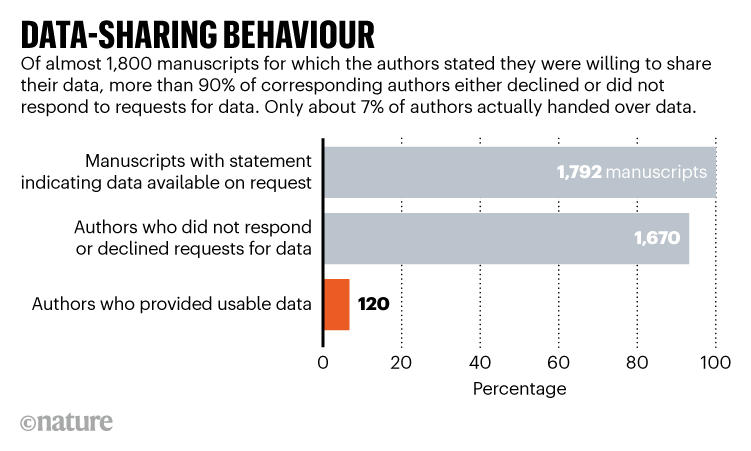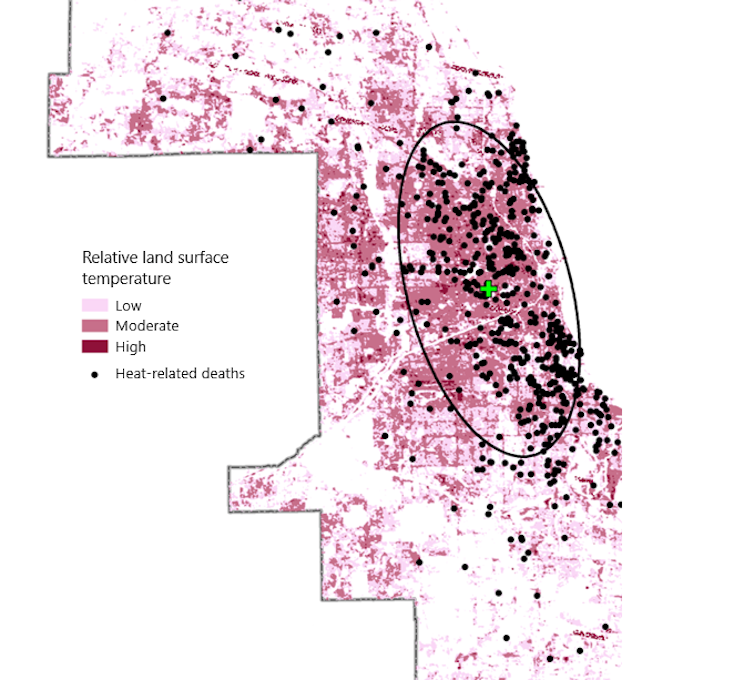Article by Carl Smith: “…In September 2019, before the first COVID-19 case was reported in the U.S., the Council of State and Territorial Epidemiologists (CSTE) published a report calling for a “public health data superhighway” capable of detecting health challenges and informing the response to them.
The technology to accomplish this already exists, CSTE noted. But even so, “public health departments struggle to take advantage of these advancements and continue to rely on sluggish, manual processes like paper records, phone calls, spreadsheets, and faxes requiring manual data entry.”
The limitations of this data ecosystem became a considerable liability when public health officials ran up against a virus that had never been seen before, working to both understand and control it at the same time. “There were mixed messages, and the pandemic made us look like our data was not adequate to the task,” says Gail C. Christopher, executive director of the National Collaborative for Health Equity.
This provided an opening for political or social actors to push anti-public health campaigns that continue to fuel public distrust of public health leaders, workers and guidelines. Reliable and timely data could help heal some of the harm that has been done, says Christopher.
“I think every health department has aspects of a complete data system,” says Brian Castrucci, president and CEO of the DeBeaumont Foundation, which funded the CSTE report. “But we need to articulate what a complete data system looks like — right now, we don’t even know what the destination is, so it’s hard to tell when we’re lost.”
A Data Modernization Movement
Data systems improvement is one of three major topics that recur in discussions about rebuilding public health, along with workforce expansion and regaining public trust, says Michael Fraser, executive director of the Association of State and Territorial Health Officials (ASTHO). “A major finding from all the conversations that we’ve had about COVID is that data systems need to be modernized.”
In recent years, there has been considerable effort by the public health community to find ways to move away from “silo-based” or disease-based surveillance between states and the federal government to an enterprise-wide system, says Fraser. “During COVID, a lot of states had a hard time sharing data, and there are many parts of this country where people go back and forth between multiple states on any given day — it’s not just the ability for states to share data with the federal government, but for states to share amongst themselves.”
The CDC’s Data Modernization Initiative, launched in 2020, is a $1.2 billion effort to address this challenge, envisioning resilient, connected systems that could “solve problems before they happen and reduce the harm caused by the problems that do happen.” The CSTE campaign “Data: Elemental to Health” is working to ensure sustained public funding for this work…(More)”.



